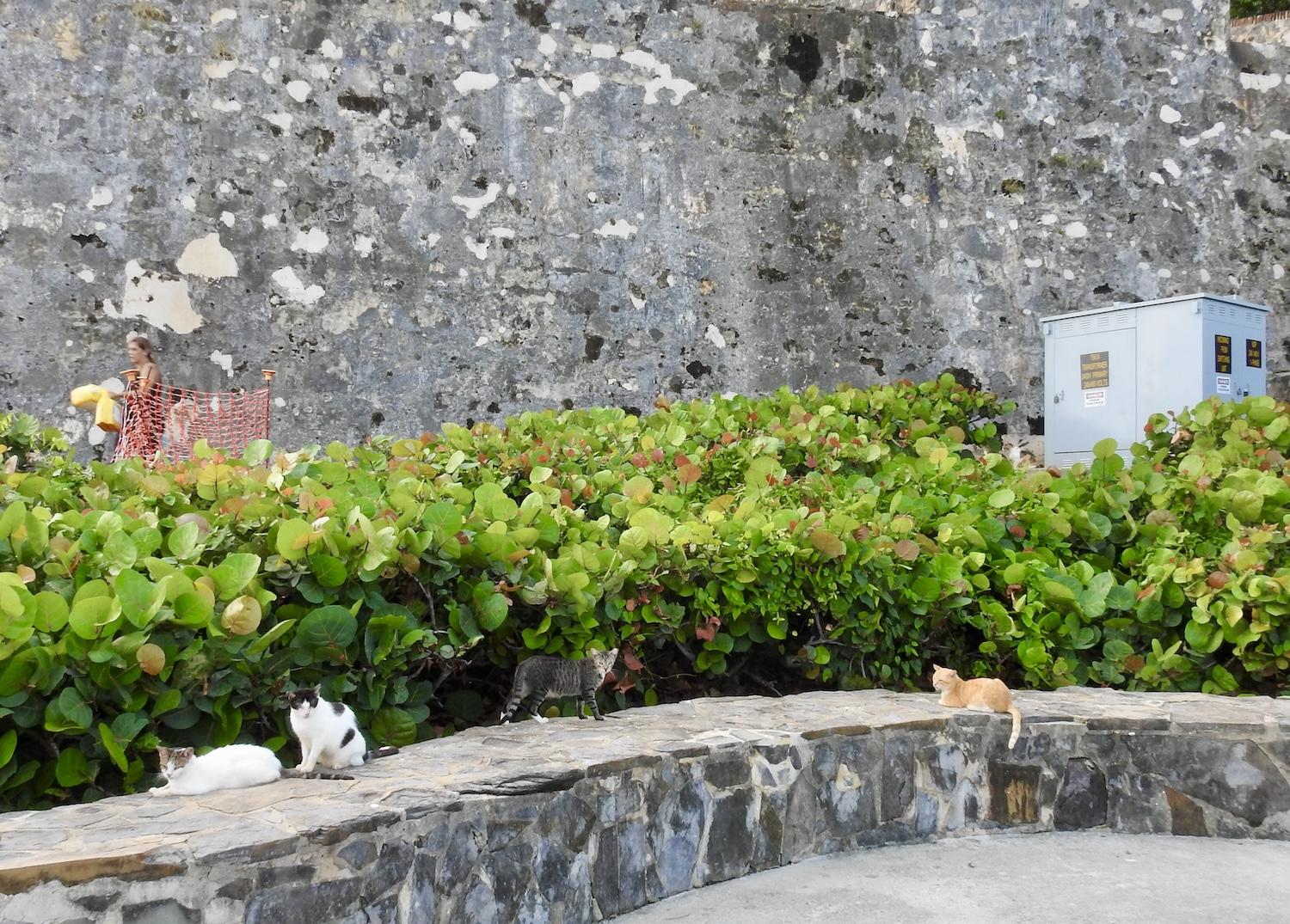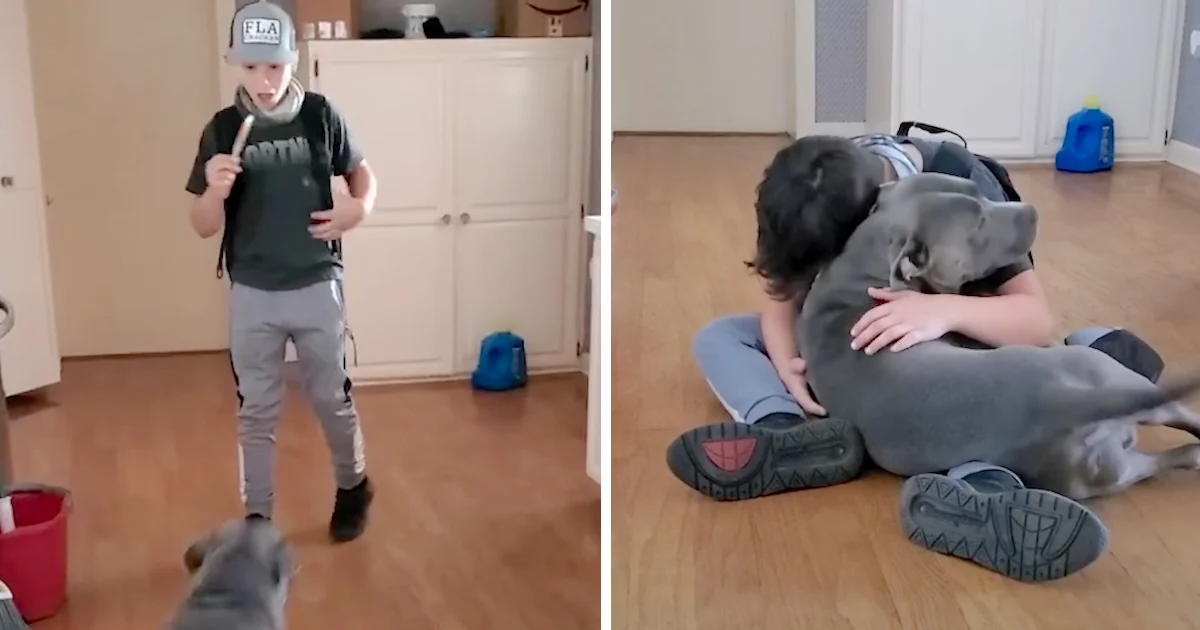Hundreds of cats that have had the run of part of the San Juan National Historic Site are going to be removed/Jennifer Bain file
A national park site is not a home for wayward cats. That's the decision of the National Park Service in Puerto Rico at San Juan National Historic Site and the Paseo del Morro National Recreational Trail, where feral cats have had a home and food service for years.
As Traveler correspondent Jennifer Bain noted back in November;
Built in 1999 and designated a national recreational trail two years later, the Paseo del Morro hugs the coast in San Juan Bay along the base of the fortification walls between El Morro and the San Juan Gate. Shortly after the paved walking path was constructed from what started centuries ago as an informal path, the Park Service noticed that about 120 free-ranging domestic cats had colonized the area. Save A Gato says they had long been living there.
In 2005, the park’s superintendent and Save a Gato signed an unusual Memorandum of Understanding allowing the fledgling non-profit to feed, survey, trap and remove free-ranging cats with the goal of eventually removing all cats. Using a TNR (trap-neuter-release) program, friendly adults and kittens who can be socialized get to enter the adoption program in search of forever homes. The others are returned to their colonies and monitored, fed and given fresh water.
By 2022, however, five feeding stations climbed to seven and the cat population seemed to be growing. The Park Service said a 2021 camera trap survey identified at least 200 cats including kittens and pregnant or recently pregnant cats. New cats keep arriving, some abandoned by people who know they will be fed. Save A Gato agrees that people dump their pets in the area but doesn't believe the population is that high.
In a decision announced Tuesday, the Park Service intends to round up the cats by “continued trapping and removal efforts by an animal welfare organization, removal of all feeding stations in the park, monitoring, and additional removal efforts if deemed necessary.”
The decision “concludes a long planning process that will help us with management of free ranging cats and their abandonment at the park,” said San Juan National Historic Site Superintendent Myrna I. Palfry. “I am very conscious of the challenges that lay ahead since pet abandonment is an issue throughout Puerto Rico. The selected alternative gives the park the tools to work with this problem as well as ensuring that an animal welfare organization can partner with us to ensure the humane removal of the cats.”
In a release the Park Service added that, “[T]o reduce the potential for pet abandonment in the park, the San Juan National Historic Site will continue to close the entrance to the Paseo at night and have security guards present when the Paseo is open (under an agreement with the Puerto Rico Tourism Company). To provide additional security, the park is currently installing a new lighting system along the Paseo. The park will continue existing educational efforts through messaging that informs visitors of the issues associated with abandoning cats, including abandonment in national park units. Additionally, it will increase educational efforts through additional messaging, addressing the reasons cats cannot be abandoned in the park, and noting that the park does not provide food for abandoned cats.”









